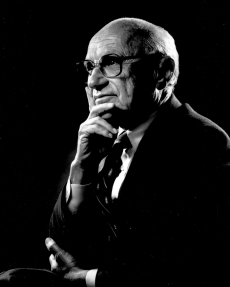
I have recently been reading a fascinating book by two authors, John Micklethwait and Adrian Wooldridge of The Economist magazine called The Fourth Revolution: The Global Race to Reinvent the State. As you might be able to guess by the title, it is a book about the state and its changing role through history up to the present day.
The state, for those who don’t know, is not the same as the government (though the government is an important part of it) and neither, in this context, is it the same thing as what people in international politics call a “sovereign state” – in other words, a country.
The book contains some fascinating facts and information but I want to start off with their short history of what they call the “three-and-a-half” revolutions of the state. The person mostly behind the first revolution, they claim, was a royalist (loyal to King Charles I during the English Civil War, 1642-1651) and philosopher by the name of Thomas Hobbes. Despite being a supporter of the king, his ideas eventually brought down the idea of the “divine right of kings” – where it was thought that authority to rule was bestowed upon the king by God himself.
This was mostly down to his invention of social contract theory where the people agree to have some of their natural rights taken away from them by the state and in return the state provides them with law, order and protection. You can see how this system might be threatening to the king as it suggests that the ruler of the state has a level of duty to their own subjects and cannot simply do whatever they want. In Hobbes vision, as Micklethwait and Wooldridge point out, “The state is ultimately made for the subjects, rather than the subjects for the king,” with its legitimacy based “in its effectiveness,” rather than the divine.
Hobbes had a highly pessimistic view of human nature, believing that men and women were ultimately selfish, opportunistic beings who would more than happily bring harm to others if it was in their interest. He believed that mankind was a relatively simple species, “pushed this way by fear and that way by greed” as Micklethwait and Wooldridge put it. It was therefore the case that man needed to have a state authority to restrain their worst instincts and make “human civilization possible”.
Hobbes’s view of the state would by today’s standards be considered pretty authoritarian. His ideas may have severely undermined the “divine right of kings” idea, but he had no problem with having a nation being ruled by one man (or woman). Yet his social contract theory, in which the state had a duty to protect those it ruled over; a principle which quickly became accepted, opened the gates for further revolutions of the state.
The next revolution of the state, the two authors argue, took place largely in the nineteenth century, when the state was rolled back so as to emphasise “individual liberty, especially economic freedom,” as well as “efficiency and open competition”. It was a liberal revolution.
Image: By The Friedman Foundation for Educational Choice (RobertHannah89) [CC0], via Wikimedia Commons

0 Comment:
Be the first one to comment on this article.